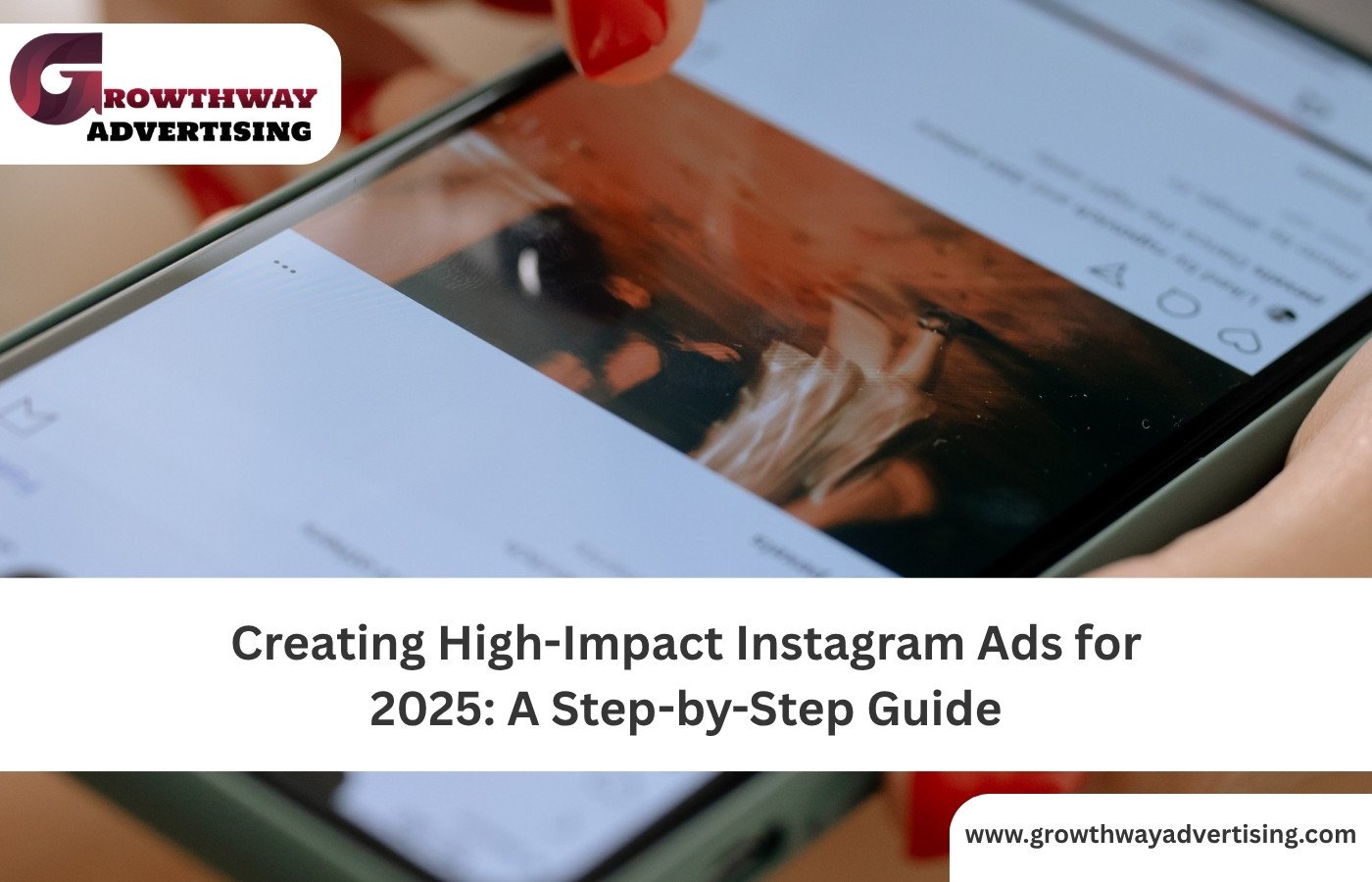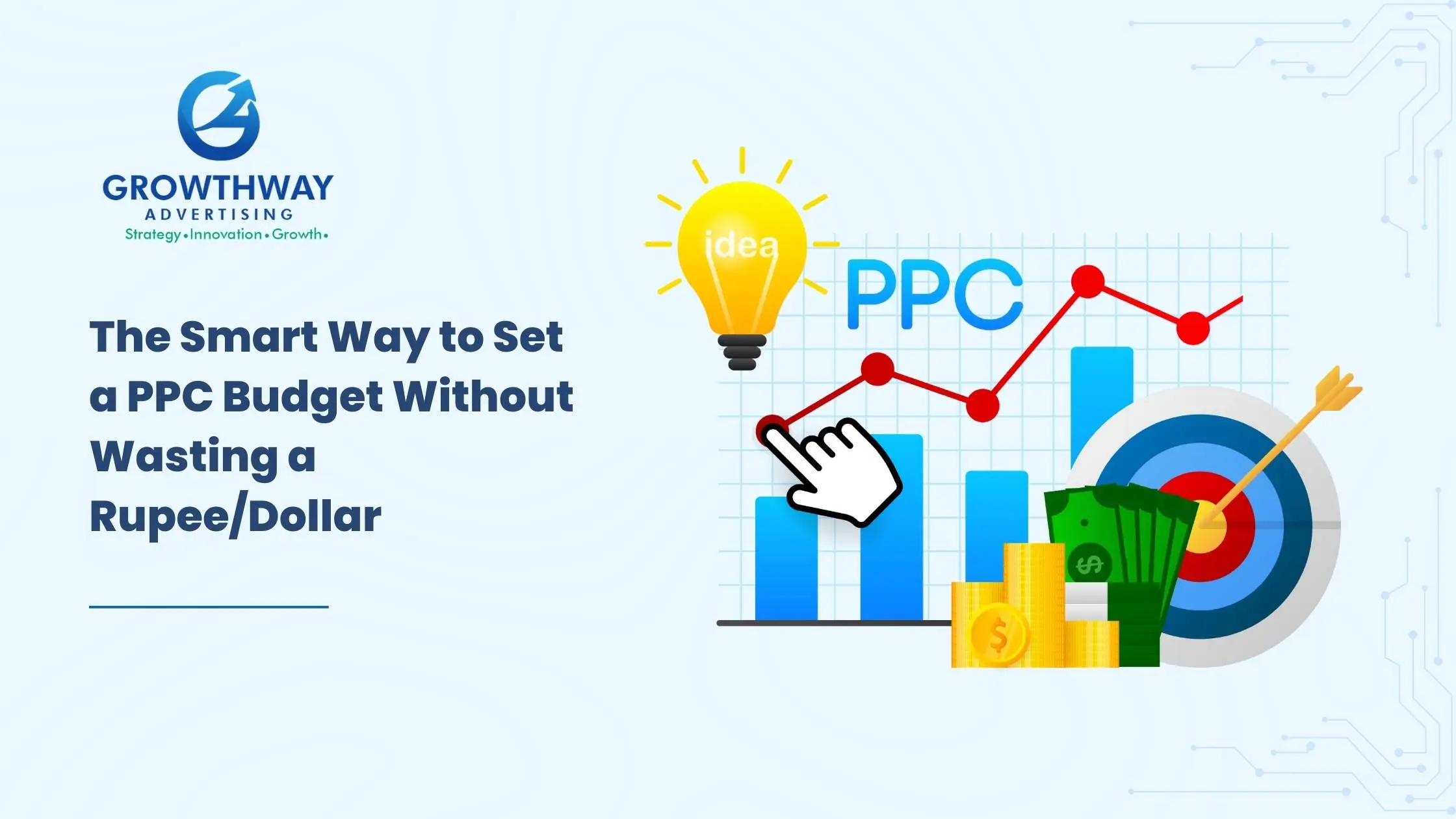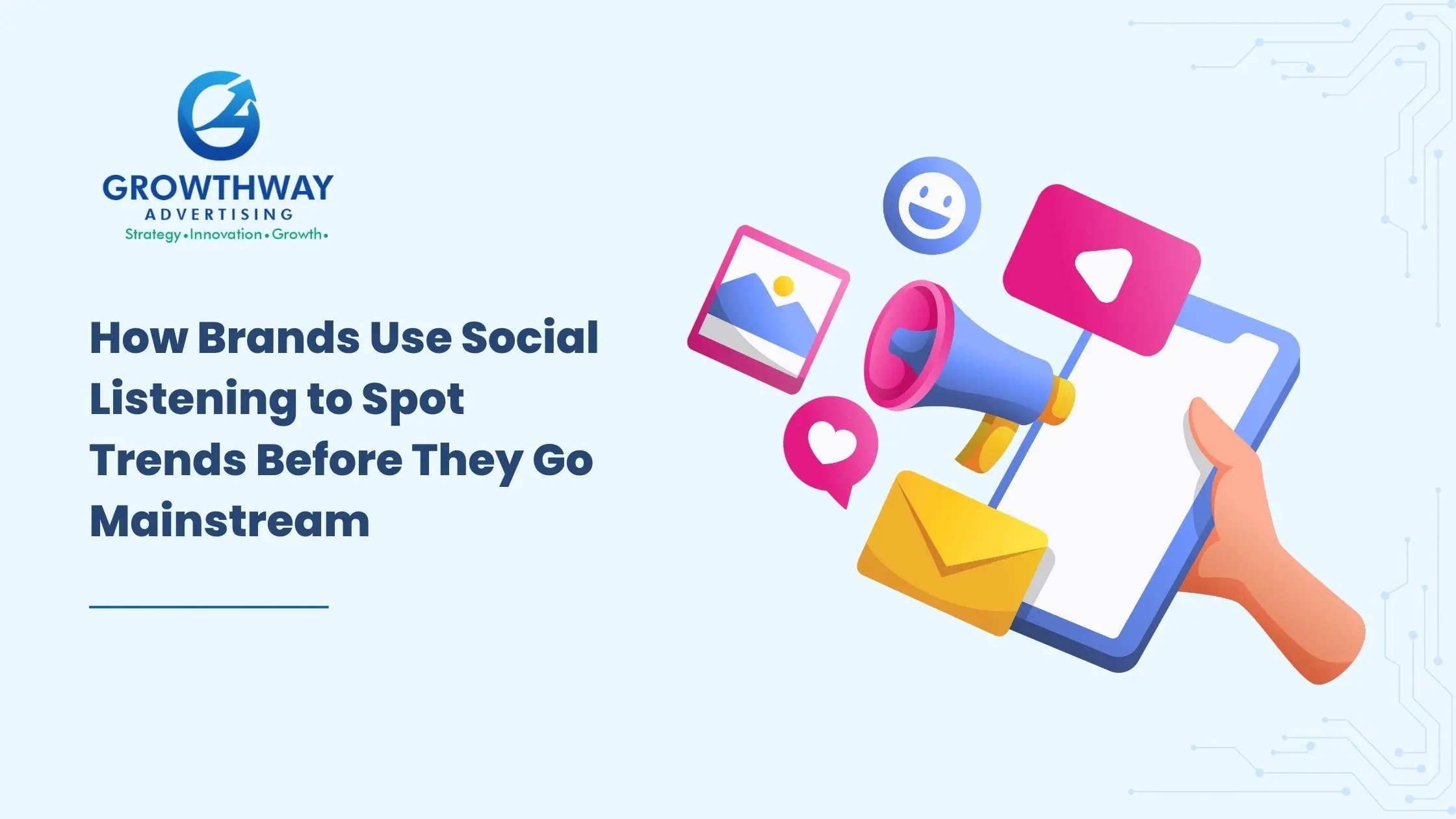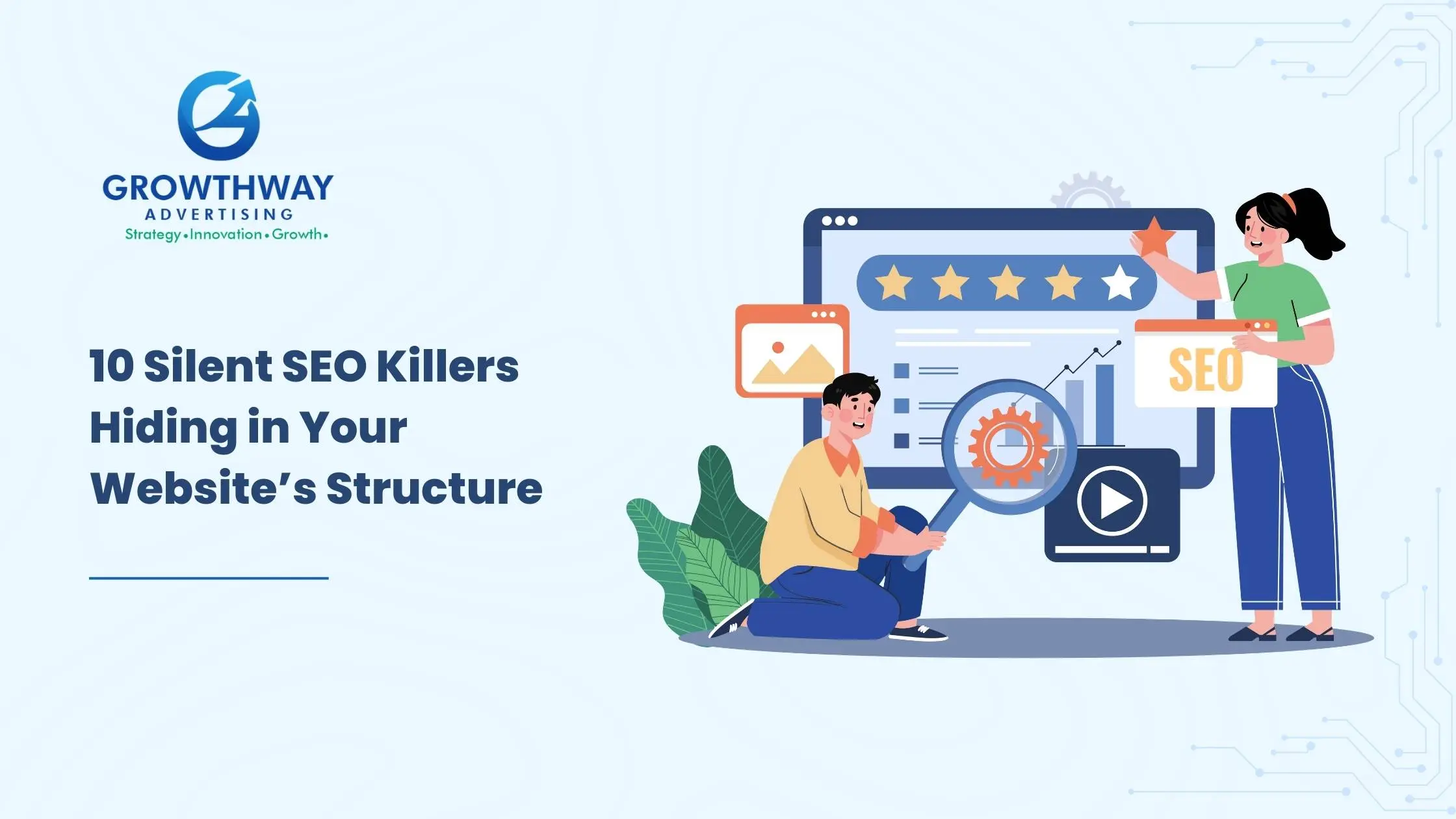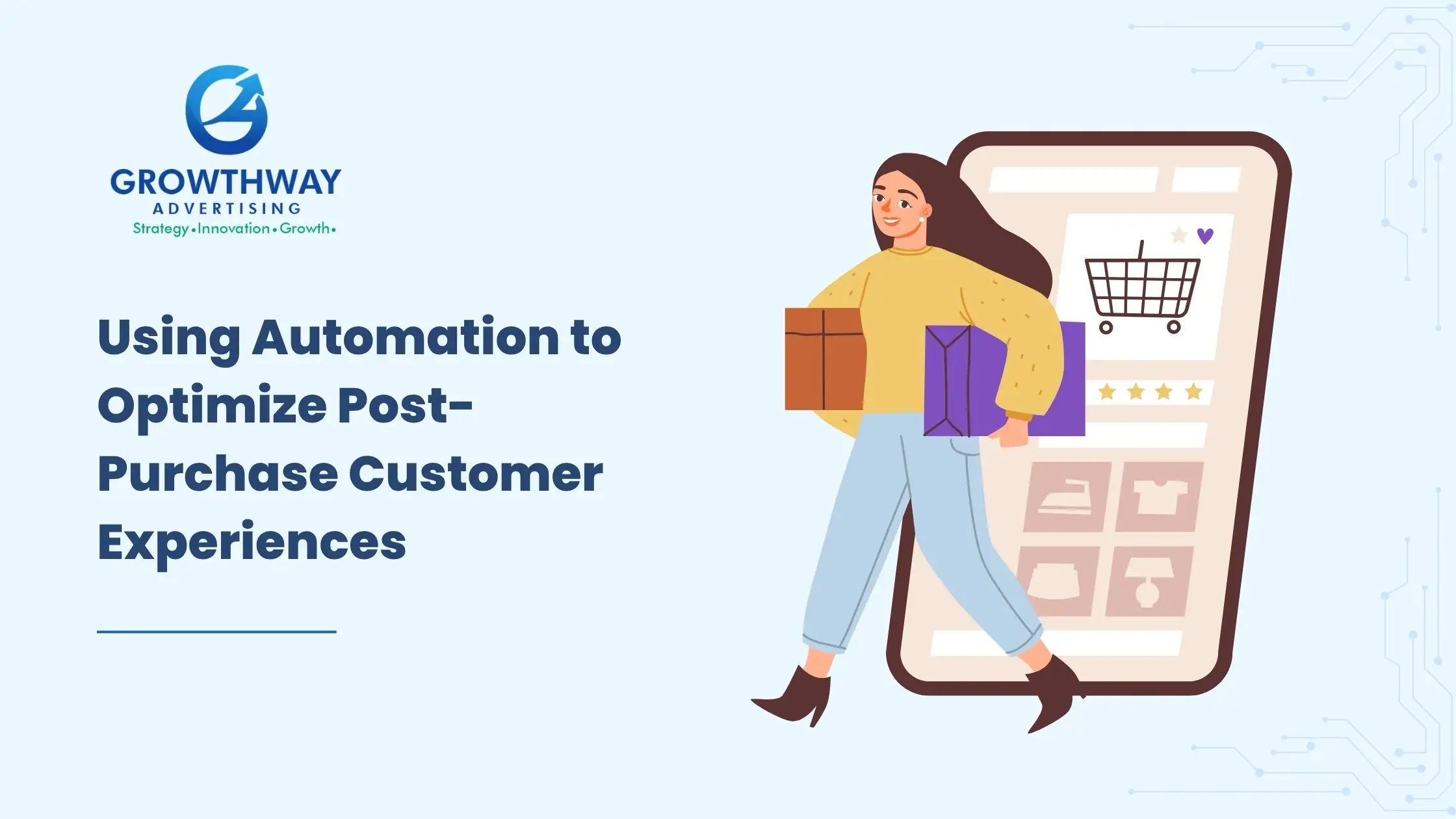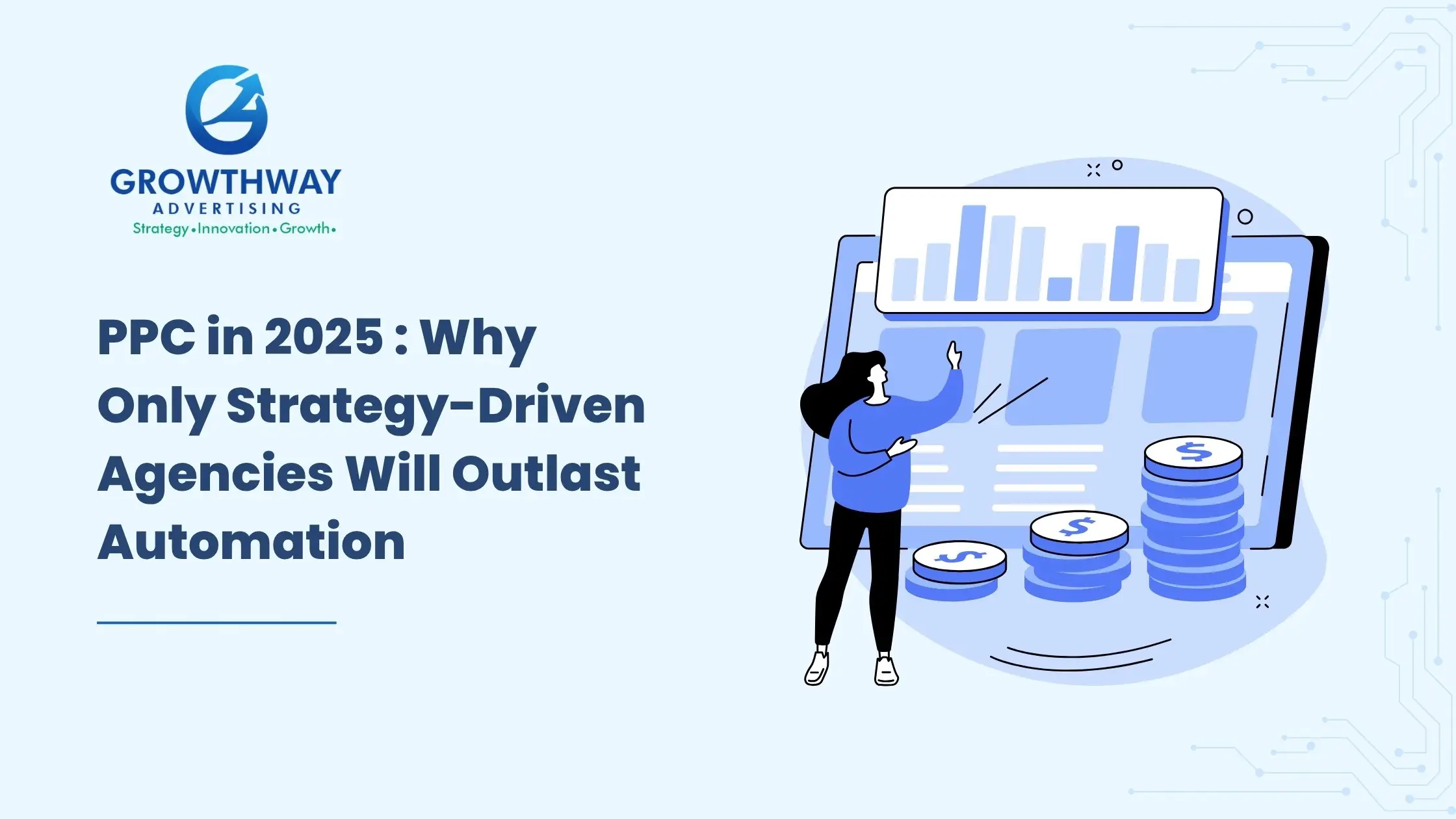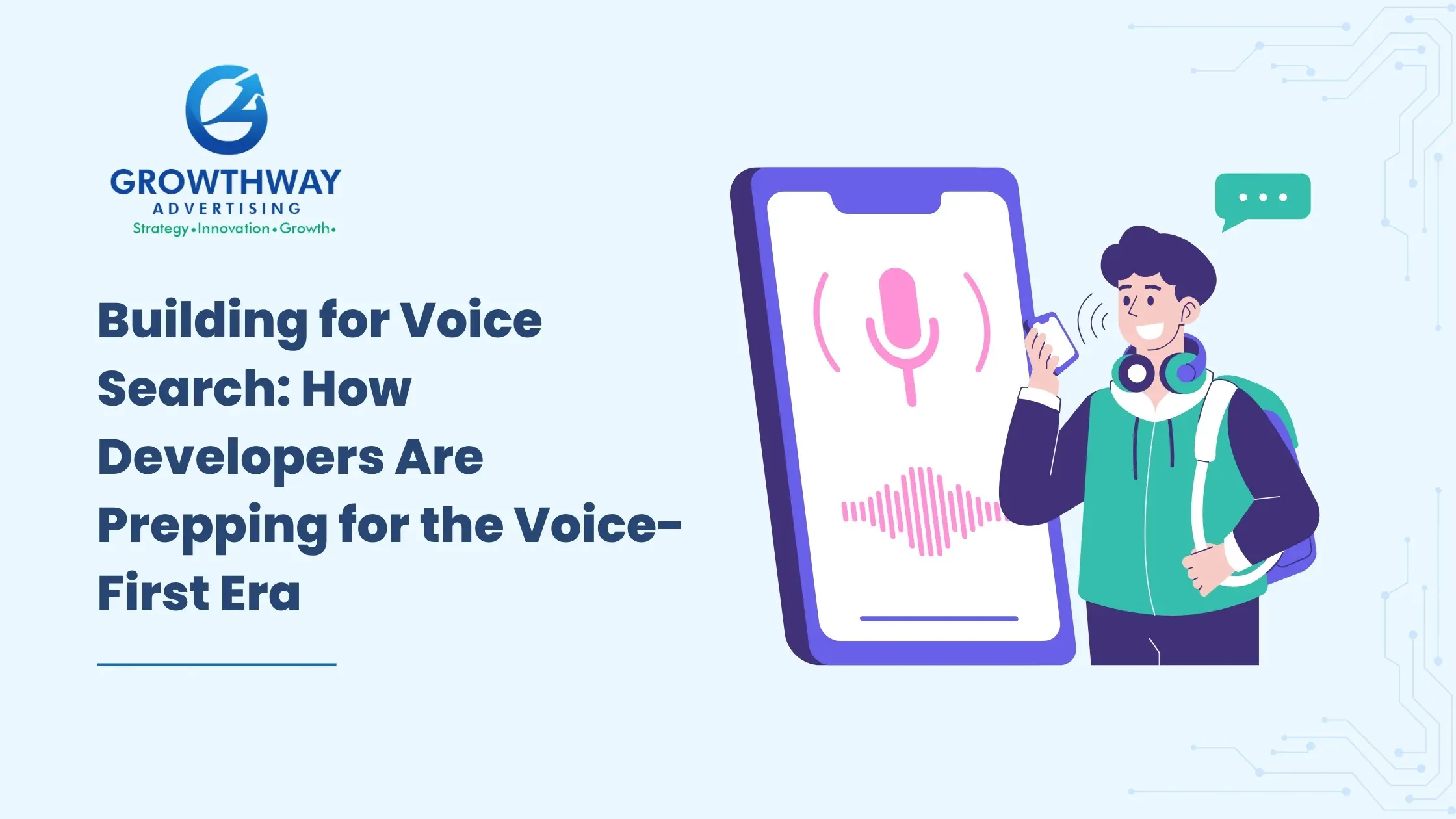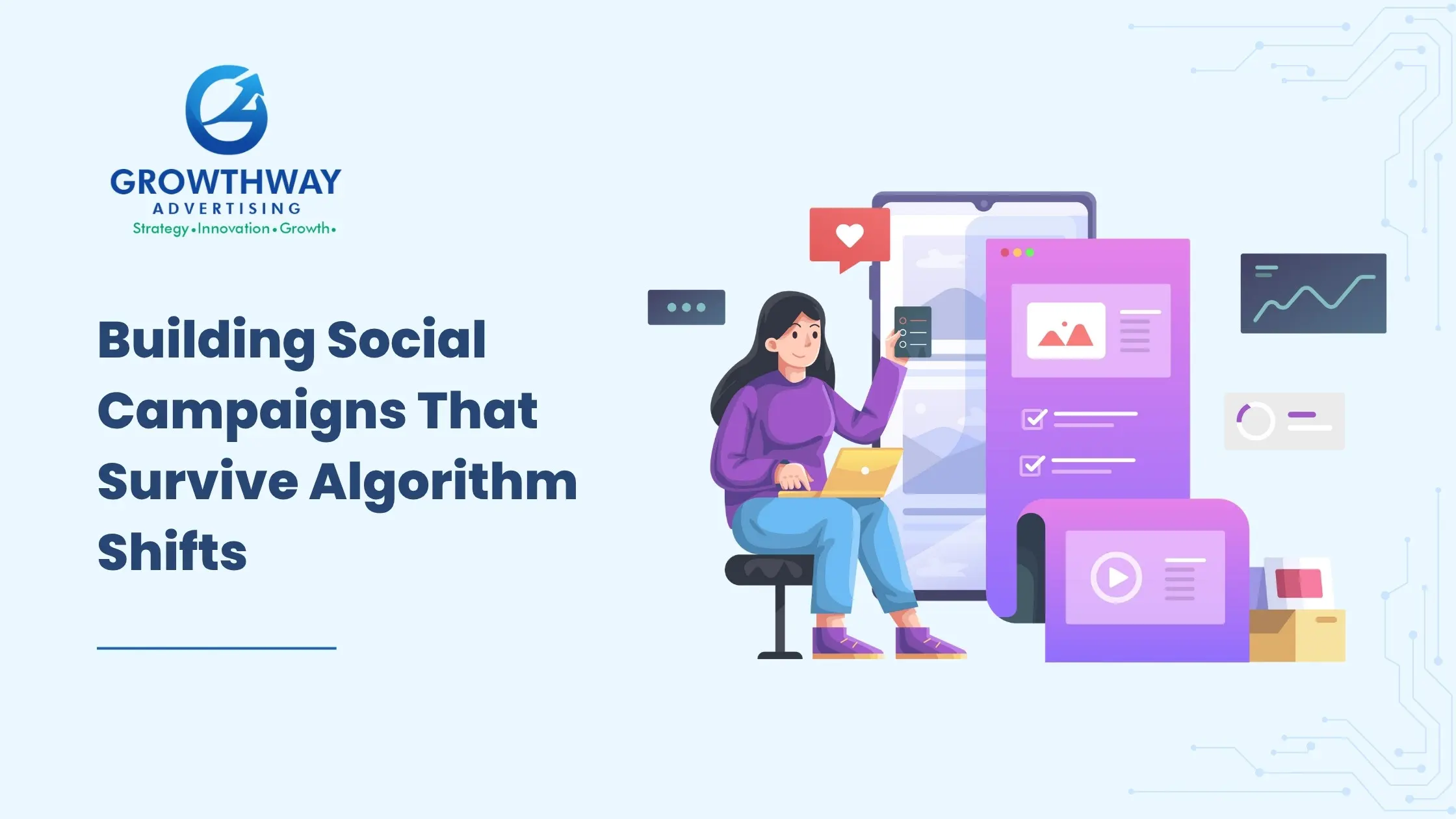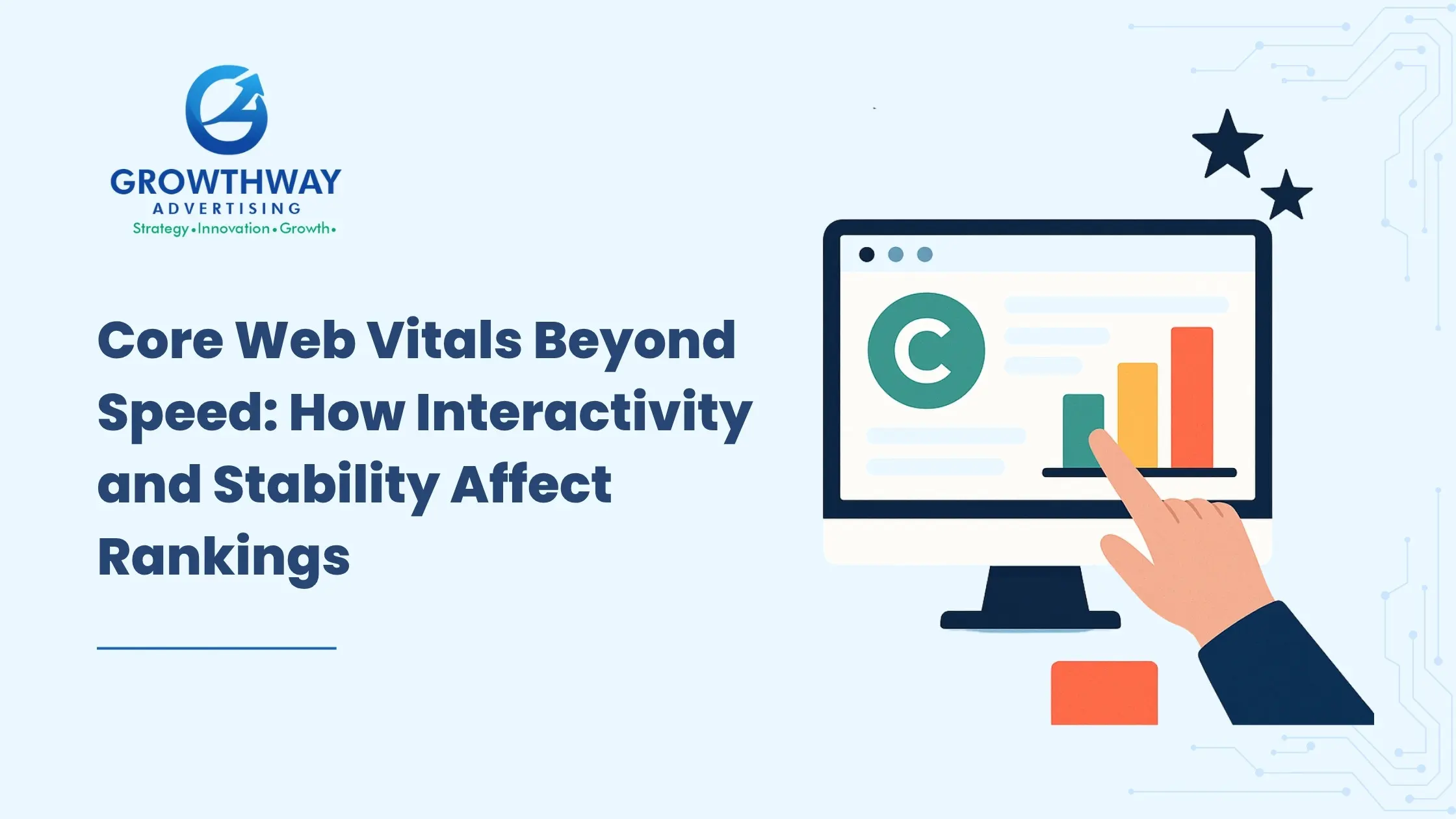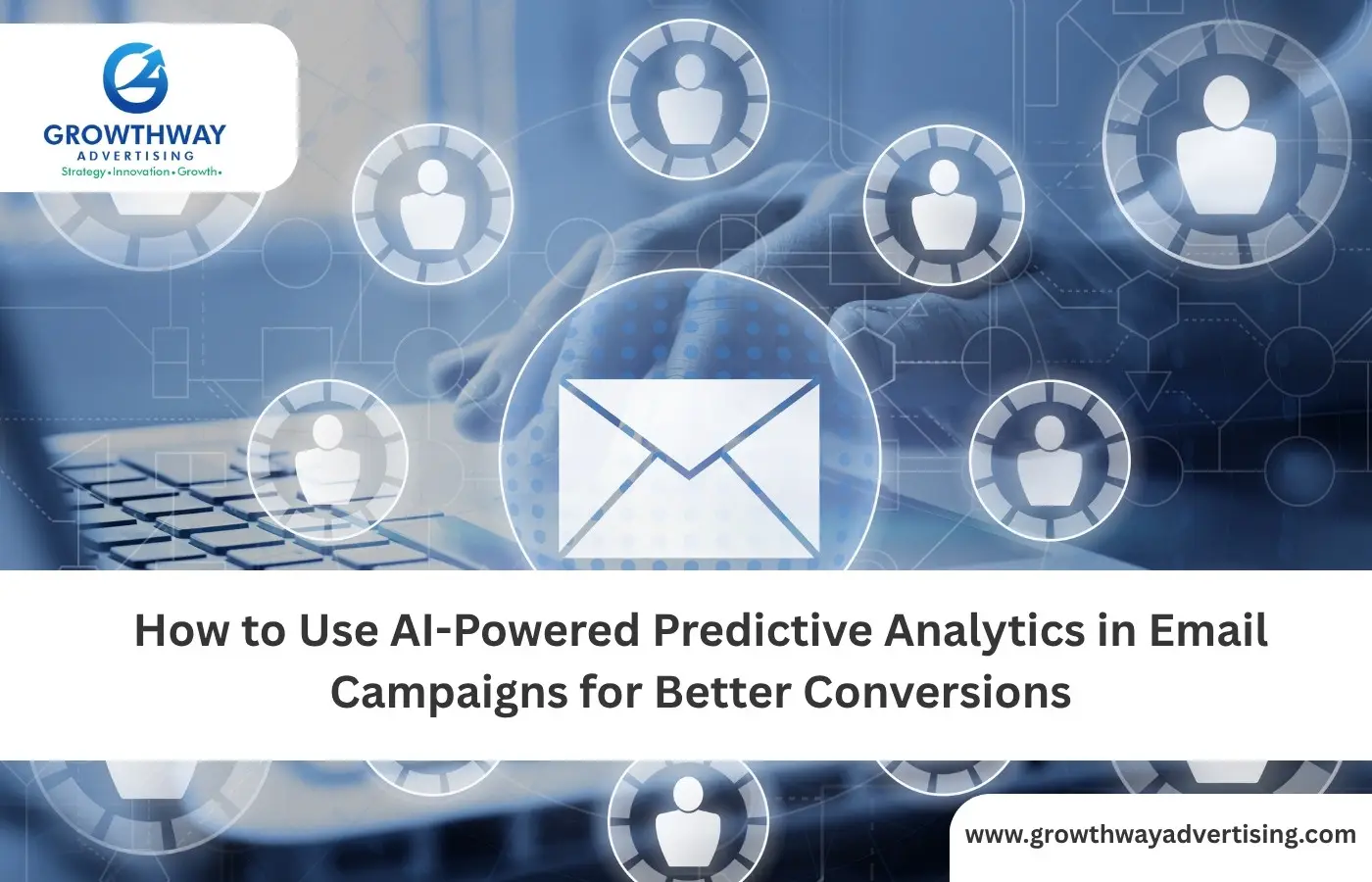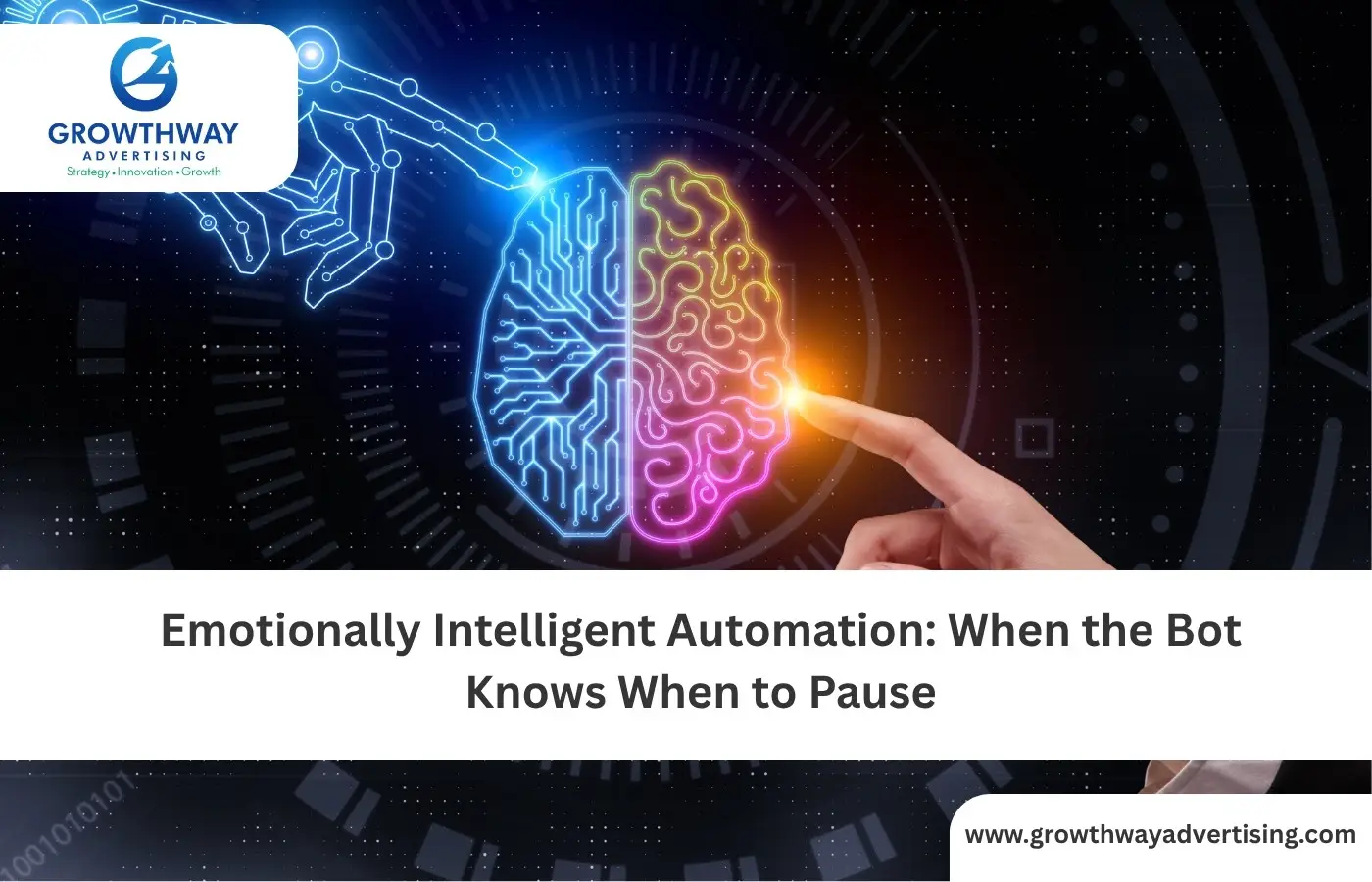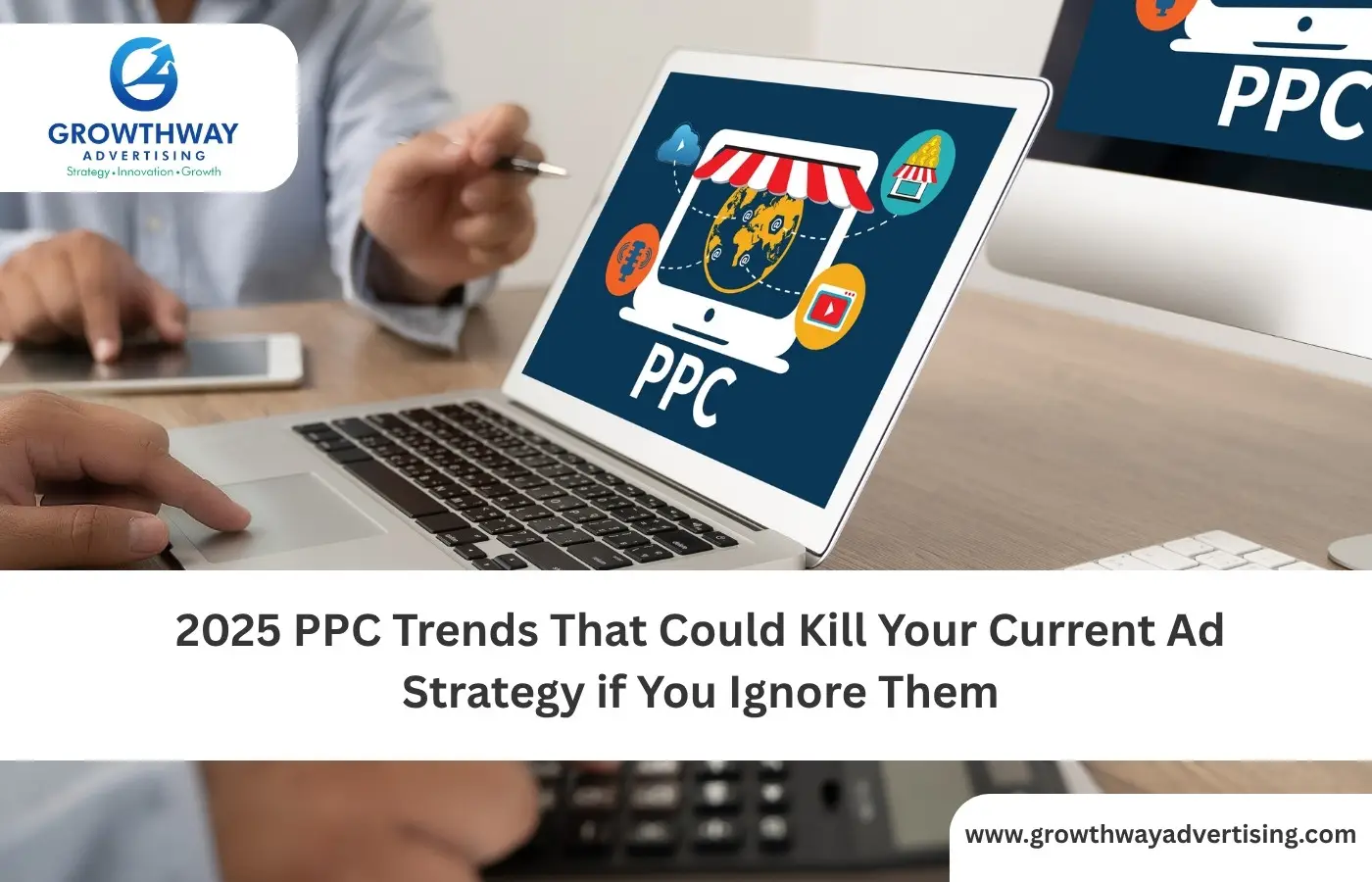Instagram remains on its visual-first social media throne and in 2025, it has established itself as a top gainer of brands who are looking to get attention by spending money on the paid advertising. As a startup or an established brand, it is absolutely necessary to learn how to create high-converting Instagram ads in order to remain competitive in the rapidly changing digital world. This is your comprehensive guide on how to make the best out of Instagram advertising in terms of what has already been discussed and what people have not emphasized.
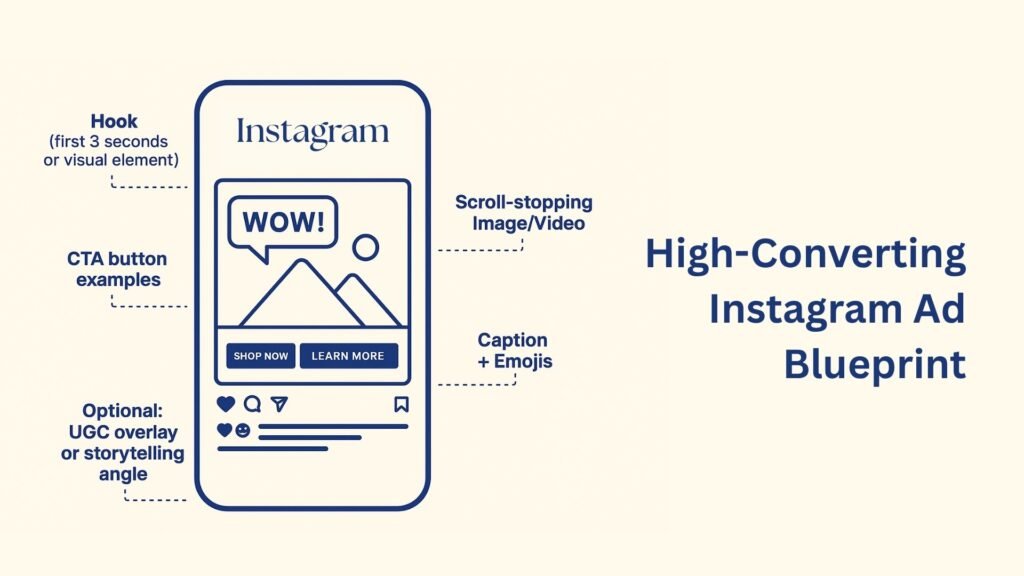
Step 1: Set Clear Campaign Objectives
Prior to opening Ads Manager, you need an objective to advertise. Do you wish to drive web traffic, get leads, make sales, or get app installs? In 2025, Instagram features sophisticated goals describing the intention, including awareness, engagements, traffic, leads, sales, and even the DM-based conversions. Decide on your aim depending upon where you are in your funnel. For example:
- Brand recognition of new products
- Promotions or contests
- Conversion to direct sales or form submission
By setting the correct goal, Meta also allows optimization of delivery to that specific action. This is very important to those businesses that have made use of bolded words such as: social media marketing agency, social media marketing services, words that are results-driven.
Step 2: Choose the Right Instagram Ad Format
Instagram offers multiple formats that support different levels of storytelling. Each has its strengths:
- Photo Ads – Perfect for high-quality product showcases
- Video Ads – Useful for demo videos or behind-the-scenes content
- Reels Ads – The go-to for mobile-first creative and higher engagement
- Carousel Ads – Ideal for storytelling and showcasing multiple features
- Collection Ads – Great for eCommerce campaigns with shoppable links
- Explore & Story Ads – Strong placement options to maximize reach
In 2025, Reels dominate engagement, making it essential to prioritize video-first formats. Keep visuals concise, with a strong hook in the first 3 seconds.
Step 3: Build Audience Segments with Precision
Avoid random targeting. Instead, build structured audience segments:
- Custom Audiences: Upload email lists, engage past site visitors, or use app data
- Lookalike Audiences: Mirror high-value customers for expansion
- Broad Targeting: Let Meta optimize based on intent signals
Use your CRM data, pixel insights, and conversion history to guide segmentation. Brands offering “social media ads“ or “social media advertising” should always test segmented ads against broader audiences to balance performance and scale.
Step 4: Write Scroll-Stopping Copy & CTAs
Your visual may grab attention, but copy converts. Use a mix of direct messaging, emojis, and call-to-action phrases like:
- “Shop the collection now”
- “Only 24 hours left”
- “Message us for a free quote”
For 2025, AI tools and dynamic content insertion allow you to tailor your message based on audience segments and time of day. Always include CTAs that correspond to your objective such as “Learn More,” “Get Offer,” or “Send Message.”
Step 5: Optimize Creative with Visual Storytelling
High-impact Instagram ads are rooted in storytelling. Your content should resonate emotionally while showcasing value. Include elements like:
- Short-form video that shows product use cases
- UGC (User-Generated Content) to build trust
- Captions with closed captioning to support sound-off viewing
Incorporating scroll-stopping visuals with minimal on-image text ensures your message is mobile-optimized.
Step 6: Integrate Performance Tracking with Conversions API (CAPI)
The only thing that is often overlooked is adequate tracking with the help of Conversions API developed by Meta. Although reference to the Facebook Pixel is made in most tutorials, some take the time to remind the reader that server-side staging is critical because cookies are being phased out and the rise of privacy-related laws, such as GDPR and Apple-powered Actionable Transparency Tools (ATT).
CAPI is faster since it transfers the events directly to Meta, and you will be able to rely on your tracking. This is paramount to companies that offer the social media services and social media management as they rely on precise ROI figures.
Step 7: Monitor Metrics That Actually Matter
Go beyond vanity metrics. Focus on:
- CTR (Click-Through Rate)
- ROAS (Return on Ad Spend)
- CPM/CPC
- Conversion Rate
Use Meta’s reporting dashboard or integrate it with external BI tools for in-depth insights. Continuously A/B test variables such as:
- Headline vs. visual variations
- CTA button placements
- Audience segment performance
The best social media marketing companies already operate on these insights to drive high-performance advertising.
Step 8: Refresh Creatives to Prevent Fatigue
Ad fatigue is real. Instagram users scroll fast, and repetitive creatives get ignored. Refresh your ads every 10-14 days with:
- New visuals or filters
- Updated CTAs
- User-generated content
Tools like Meta’s Advantage+ Creative help you automate part of this process by optimizing creative elements per user.
Step 9: Consider AR & Interactive Ad Formats
The next opportunity that may not be considered but is upcoming in 2025 is the application of AR filters, interactive advertisements, and 3D creatives. These work particularly well on beauty and fashion, and on tech products. An example: an augmented reality where one tries sunglasses or make-up.
Interactive ad delivery increases the engagement and dwell time, which are both ranking factors of Meta to optimize delivery. These ad types can differentiate your creative services as an agency that provides social media marketing services.
Step 10: Sync Instagram Ads With Your Broader Funnel
Instagram doesn’t exist in a vacuum. Yet, few businesses integrate their ads with broader campaign strategies like:
- Email nurturing
- SMS follow-ups
- Retargeting via Meta ecosystem (Facebook, Messenger, WhatsApp)
- Offline events or pop-ups
Aligning Instagram ads with cross-channel funnels gives you richer engagement and lifts your conversion rates. Social media management platforms can help schedule, track, and orchestrate this at scale.
Step 11: Incorporate Privacy-First Creative Strategy
Privacy regulations are getting stricter. In 2025, brands must build trust through transparency. Communicate data usage clearly and offer value in exchange:
- “We use cookies to personalize your experience”
- “Subscribe to get early access”
Lean into first-party data. Incentivize users to sign up through lead magnets or gated content. Social media marketing services that support lead gen should integrate these strategies early in the funnel.
Step 12: Community Integration & Organic Synergy
Another missed opportunity in many Instagram ad strategies is organic + paid integration. Your ads shouldn’t feel like ads—they should blend into the user’s feed and reflect your brand voice. Here’s how:
- Boost high-performing organic posts
- Use influencers or micro-creators
- Blend brand values into the ad narrative
This not only humanizes your brand but also enhances ad performance.
Step 13: Crisis-Proof Your Strategy
Instagram’s algorithm is constantly evolving. To ensure resilience:
- Maintain creative backups
- Prepare for policy changes (e.g., ad account restrictions)
- Test across formats and placement types
Having a flexible, modular strategy helps you adapt without losing momentum. A robust social media management system supports this agility.
To develop high-impact Instagram advertisements in 2025, it is critical to know more information about both the basics and novelties. Success depends on things that most people choose to ignore: visual storytelling, server-side tracking, and privacy-first messaging amongst others, and community synergy.
By situating your advertisement strategy in a larger ecosystem and constantly improving on the basis of actual analytics, you place yourself in a position to succeed in the long term, and not just based on one powerful campaign. These are the guidelines in a nutshell of how you can go about organizing a successful social media marketing.
FAQ’s
The engagement of Reels Ads is now the best-performing as it is the immersive and mobile-first format and more visible throughout the platform.
It is preferable to change your creatives after 10-14 days so ad fatigue will not set in and your audience can remain interested.
Concentrate on CTR, ROAS, CPC, CPM as well as rate of conversion. These give the best vision of the performance and ROI of the advertisements.
Yes, they are the best when they are integrated with email, SMS and other social sites. This synergy optimizes the performance of the funnel.
Apply Lead Form Ads, CTA, and sweeteners such as gated information or exclusive offers. These work hand in hand particularly when complemented with the social media marketing services.
High impact ads incorporate powerful storytelling, targeted targeting, optimized creatives, call to action necessitating action, and strategy driven off data optimization.

